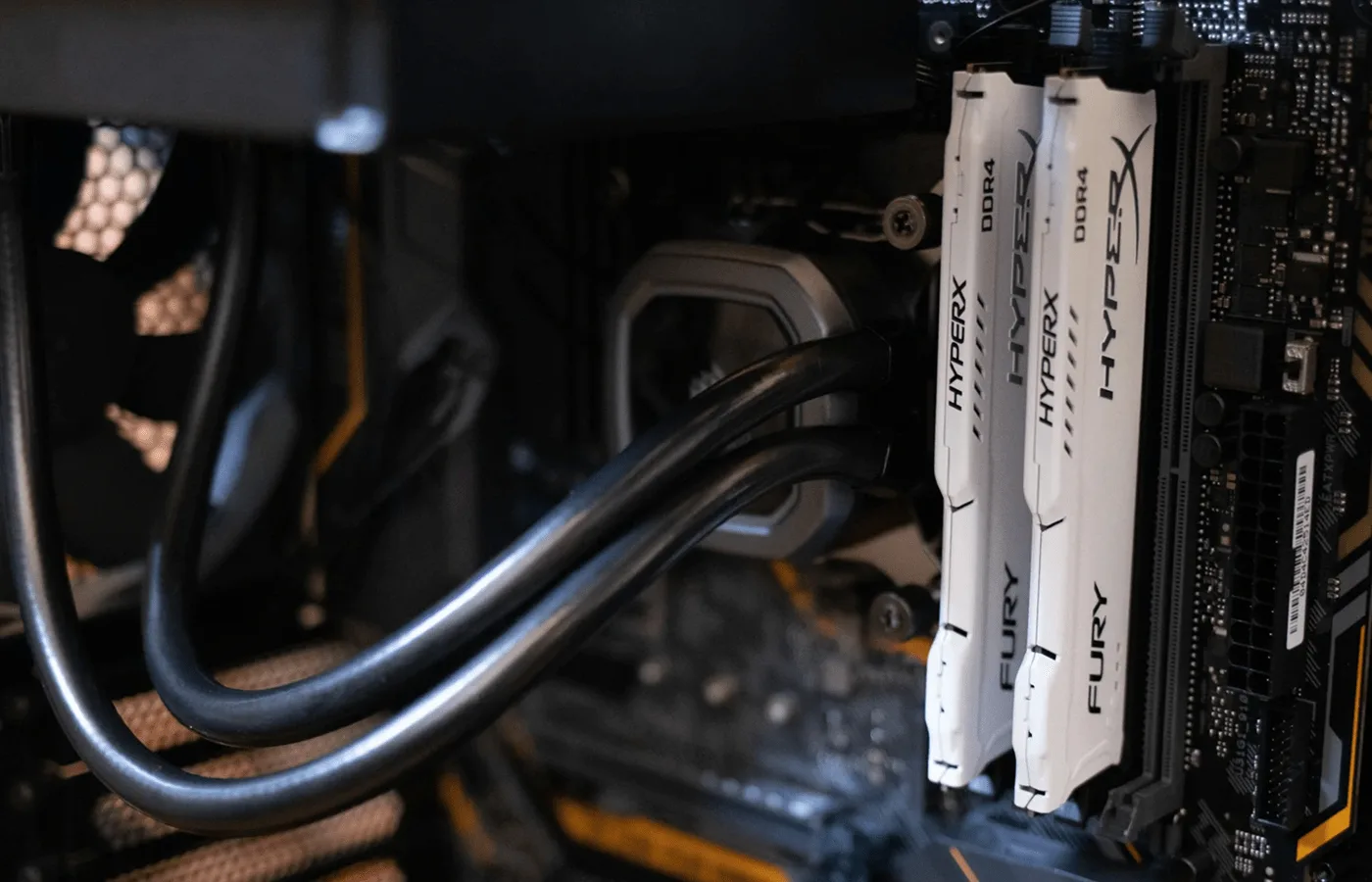Routers and firewalls are network security devices, sometimes grouped into business and home network packages or sold separately as dedicated hardware. Though the two are closely linked, routers and firewalls are very different devices. Router: Exchanges data between networks or gateways. Firewall: Blocks traffic from protected networks. Put simply, routers connect networks and move data […]
firewall
Auto Added by WPeMatico
What Is a Host Based Firewall and Is it Secure Enough?
A host-based firewall is installed and run on a single device, like a laptop, cell phone, or server. These firewalls are tailored to individual devices so they can monitor and control its specific traffic — as opposed to network-based firewalls, which protect an entire network of devices. Most consumer devices come with host-based firewalls pre-installed. […]
What Does a Firewall Do To Protect My Home Network
A firewall is a security protocol that protects your internal network from the threats of the internet. It keeps an eye on the data that comes in and out of your home network. Without a firewall, your trusted private network could be at risk of cyberattacks, data breaches, and malware from the public. 1 CloudTalk […]

5 Reasons to Use a Stateless Firewall (+3 Key Downsides)
In networking, “state” refers to the context or session data of a current network connection. A stateful firewall, therefore, keeps track of the state of each connection passing through it, while a stateless firewall does not. Although they may sound less restrictive, stateless firewalls are incredibly useful for securing home and business networks. They use […]

DHCP: When to Use it (And When Not to)
The Dynamic Host Configuration Protocol (DHCP) automatically assigns unique IP addresses to your devices, along with other necessary details like subnet masks and default gateway information. This process allows devices to communicate within the network and access the internet. Automating this process, rather than manually configuring each device, saves a lot of time and reduces […]
